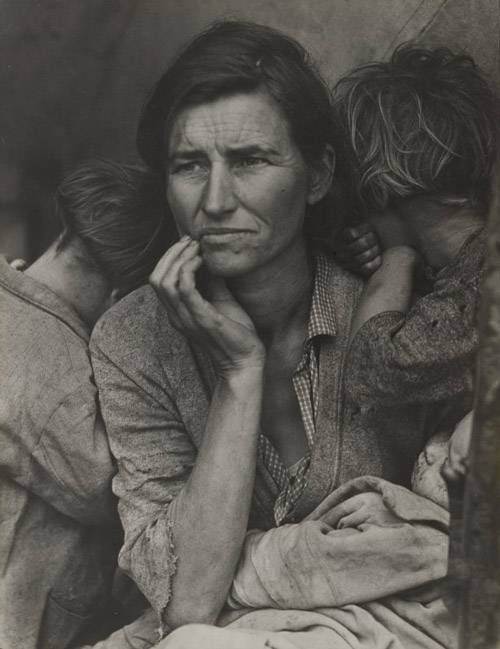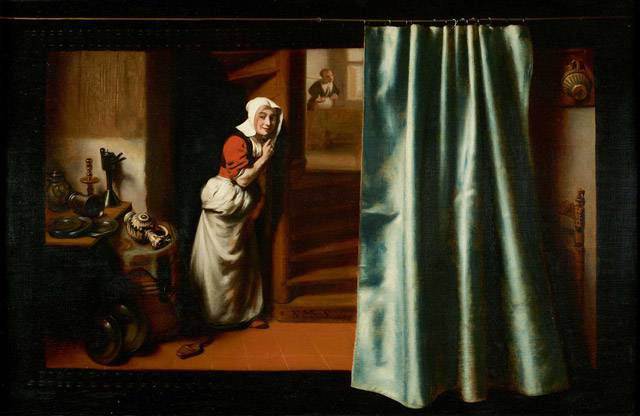
Gian Lorenzo Bernini, “Medusa”, Rome, 1638–40 Marble with traces of original patina, h. 46 cm
Rome, Musei Capitolini, Palazzo dei Conservatori Inv. no. MC 1166
© Pinacoteca Capitolina. Photograph: Andrea Jemolo.
‘Caravaggio-Bernini’ at the Rijksmuseum ‘Caravaggio-Bernini. Baroque in Rome’ is an exhibition of more than 70 masterpieces by Caravaggio, Bernini and their contemporaries. The paintings and sculptures are on loan to the Rijksmuseum from museums and private collections around the world. Rijksmuseum, from 14 February to 7 June 2020.]]>
Source: Rijksmuseum
In the first decades of the 17th century a new generation of ambitious artists led by the brilliant painter Caravaggio and sculptor Bernini shook the eternal city of Rome from its slumber. They introduced a new language to art that dispensed with elegance and incited the emotions. This was Baroque, a spectacular artistic style charged with drama, dynamism and bravura, which sparked intimate collaborations between painting, sculpture and architecture. This was a revolution in Western art, one that started in Rome and resonated throughout Europe.
This joyous Italian counterpart to the reserved and austere Protestant Dutch culture of the 17th was overlooked in the Netherlands. Elsewhere, however, it sparked an artistic revolution, and its impact was felt throughout Catholic Europe. The leading lights of Baroque in Rome were Michelangelo Merisi da Caravaggio (1571-1610) and the sculptor Gian Lorenzo Bernini (1598-1680), two geniuses around whom many other talented artists flocked. The arts in Rome were booming in the first decades of the 17th century, and in the space of just a few years the eternal city was transformed into an international pressure cooker bursting with new artistic ideas and initiatives. This vibrant climate formed the ideal conditions for the birth of a new style, one that would be only be named ‘Baroque’ much later – from the Portuguese barocco, for the irregular form of a natural pearl. More than ever before, painters teamed up with sculptors, and the central figures in this exhibition – Caravaggio, Bernini and their kindred spirits – embody this artistic fraternalism. Together, their works tell a story of immense artistic vigour in Rome and radical renewal in the arts in the approximate period from 1600 to 1640. The exhibition will be guided by key terms in the artistic vocabulary of the time, such as wonderment (meraviglia), vivacity (vivezza), motion (moto), jest (scherzo) and horror (terribilità).
Related content
Thyssen Museum presents ‘Caravaggio and the Painters of the North’ (exhibition, 2016)
Follow us on:


